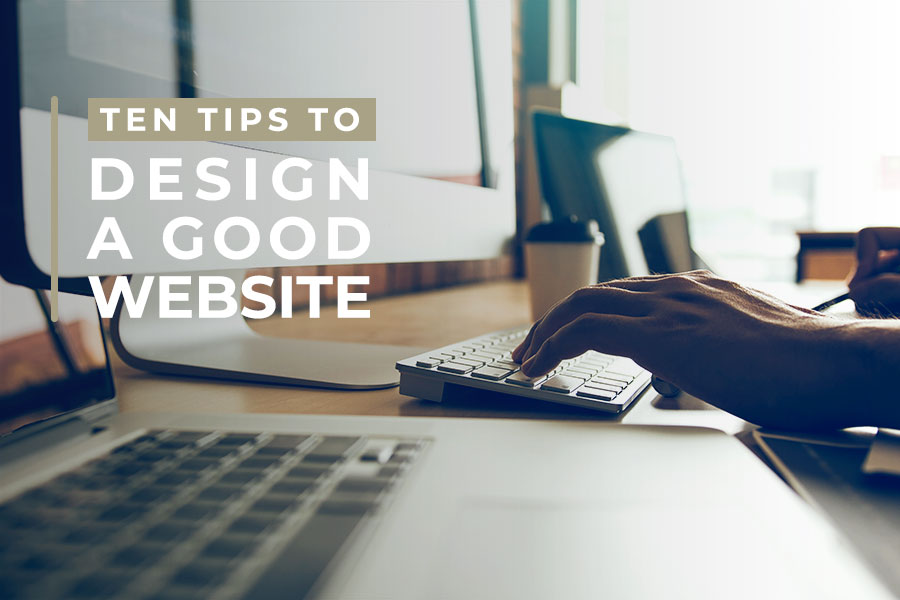Website design takes creative discipline. Every element, visuals, content, user interface, and navigation, need to work together in order to create a balance that works for your site. This isn’t the easiest thing to do, but we’ll walk you through the steps so you can do it on your own.
Here are 10 tips that will help you to design a good website.
1. Consider your purpose

No, this isn’t an existential question. We’re talking about considering what kind of message and call to action your web pages will be centered around.
A site’s purpose doesn’t have to be complicated. It can be about promoting purchases, telling the company’s story, or teaching visitors. Make a short and sweet, one or two-sentence mission statement for your site.
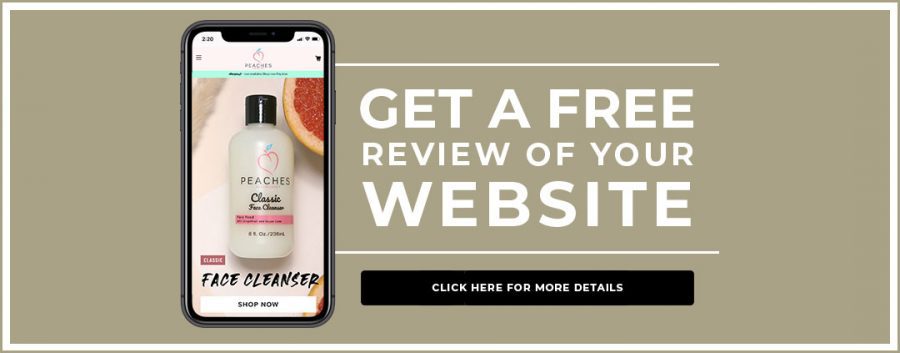
Giving your site a purpose and a clear plan will help guide your web designers with the elements of your website design, as well as the design process.
Whatever you decide, you should go forth with a plan, web design isn’t one of those things where you can wing it.
Ask any website design firm and they’ll tell you. When you’re thinking of your site’s purpose, keep the web users needs in mind. Who will be visiting your site? Why will they be visiting? How will your site provide what they need? Knowing the pain points for your audience is a crucial step in finding the direction you should go in.
You can think of website design elements in the broad spectrum, but also get into specifics where it counts.
For example, you need to choose a content management system that will provide a foundation that serves your overall purpose. If your business model is based in e-Commerce, Shopify will probably have some useful design features that suit your business needs. If your goal is to right a great blog post that will get picked up by search engines, WordPress is probably a better choice.
Part of building a brand is building an audience, and both should be equally important to you. One cannot exist without the other after all.
2.Give your content some thought
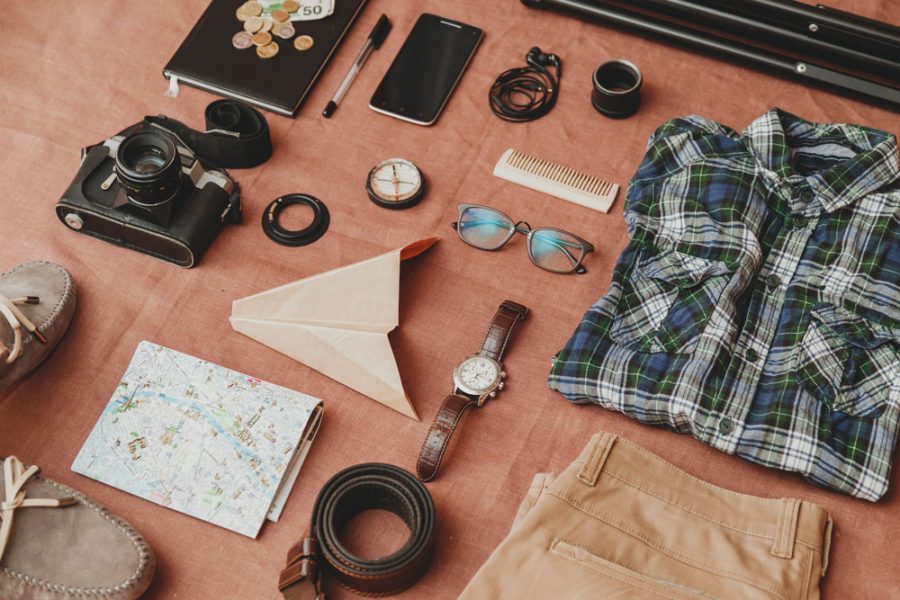
When making a site with quality content, keep in mind these simple rules: content should be useful, clear, and guide your audience to complete the desired action. Another important factor is SEO.
SEO should be thoughtfully and seamlessly woven into your content. It should contain the relevant keywords you are looking for, but in a conversational tone that doesn’t distract from your original message.
This goes back to what we first mentioned. Having a clear purpose set for your site. This will allow you to create the content that speaks to your audience best.
Real content not only makes a more enjoyable experience for the viewer, but when creating and putting everything together, you’ll be able to easily define changes that should be made to work with the flow of your website design.
3.Make it visually attractive
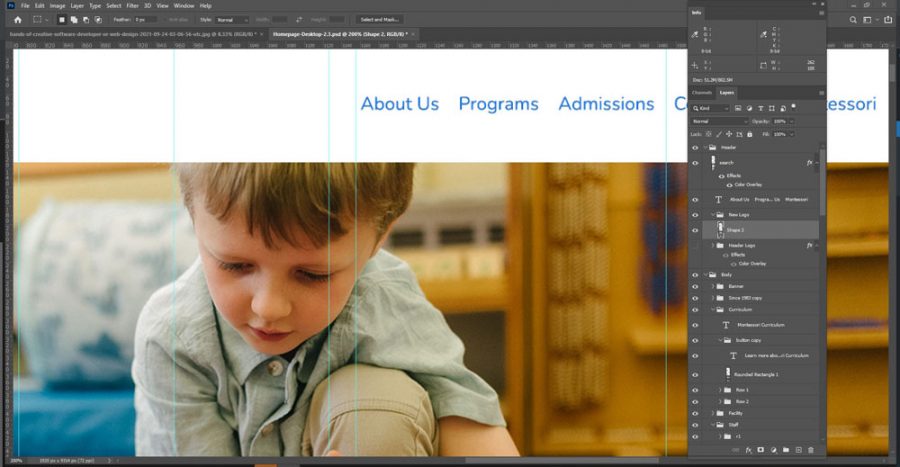
Communicating your brand’s identity should be at the top of your list when thinking about site design. Graphics, photos, and illustrations help to balance out text and break up your page to make it easier for the viewer to digest.
Think in terms of visual hierarchy. Your first image should hook the viewer by showing them something that looks great. First impressions are always important.
Incorporating scroll-triggered effects and animated transitions is also another great tool to help people to keep moving through your site and make it an interactive experience.
Whatever your style is, make sure your visual elements reflect that instead of just taking up space because you think you should. Every single brand has the space to be creative with their site while staying on brand.
High quality images are key to good website design. Clear, color-balanced photos and graphics that are the appropriate size and resolution will always take your brand up a notch. Conversely, if your site isn’t well set up visually, it can hurt your brand.
4.In perfect harmony
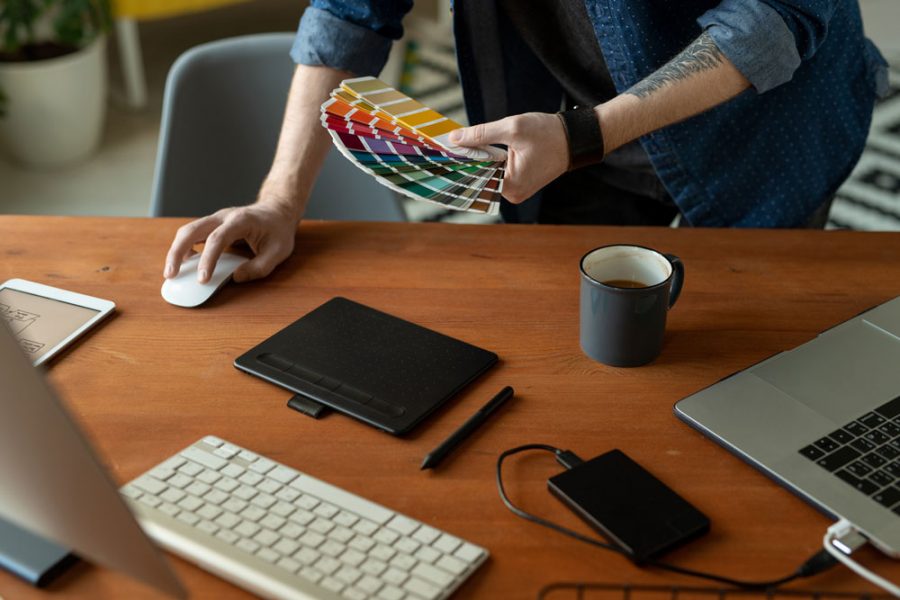
Each important website design element needs to work together to make web design work – right down the HTML and CSS.
Don’t distract from a user’s experience with an oversized button or a contrasting color if that isn’t the vibe of your site. It will only be distracting vistors from finding what they want.
Even if it’s something that the user isn’t immediately aware of, something will seem off, and the overall experience will be diminished.
While we’re sure this isn’t something that needs to be said, we should also just add in for good measure: If your user experience isn’t good, people aren’t going to stick around. Length of stay on a website is something Google looks at when ranking your site. It’s an important factor in how they measure what is and is not good website design.
When it comes to good web design, you’ll need to make things as user-friendly as possible, right down to the visuals and fonts that you use, as well as the way your site is set up for navigation. You want to have a feel for how it’s all going to fit together.
You may be tempted to cram as many stimulating graphics and images in as you can, but when you have too much going on, it distracts from the rest of the page.
Be thoughtful about how each element is used and how it will change the vibe of your site. Sometimes less is more. You don’t want to have too many elements clogging up your site design.
Negative space is a good thing in website design! The bottom line is that everything needs to flow in harmony for it all to work.
To help yourself to stay on track you can make a website design guide that is consistent with your brand. It will help guide your hand when it comes to content, colors, fonts, and style so that everything flows just the way you want it to.
5.Fonts matter

The words you have on your website aren’t just words. The shape and style of the letters will give meaning to your page. Think of book covers. You can tell by the font on the cover what the general vibe or even subject matter of a book usually is.
Fonts are important not only to your display, but also to your tone of voice. Think of the text as what you say, and the font as how you say it. Fonts cana serve as a stand-in for the vocal inflection of speech.
Using a cursive font may work well for decorative texts, or certain elements of your website design. But if you made an entire paragraph in cursive, it would be impractical in the vast majority of website design and end up distracting visitors.
Just like having too much going on with graphics and photos, the wrong font can distract from your message.
You can have a mix of any style when it comes to your text. For large blocks of information, a traditional font will more than likely be your best bet, while more stylish fonts can be reserved for adding a bit of flair.
11 of the Best Web Design Blogs You Should Follow for a More Effective Website [Infographic] https://t.co/hehKPTkJzD pic.twitter.com/H379P8NwAa
— Good Web Design (@goodwebdesign) October 25, 2021
6.Get organized

There’s a certain hierarchy that is important to effective web design. A great website needs to flow logically in order to guide your audience to the conclusion you are drawing. Each piece fitting with the next to form a picture, like a puzzle.
Use header tags to structure content as well as help web crawlers rank your site for web searches.
If you don’t have the content finalized before you start working on the website design, you should at least use headers so you have the bones of your website layed out.
You can have your web designers organize visual components the same way. Define where you want your images to fit in to compliment the written content.
7.Set the mood

The right color palette can completely set the mood for your website design. Your colors can be playful, minimal, or professional. Colors go a long way in presenting your brand to the world.
Choose the colors that represent your brand, and make your content easy to read. It’s a good idea to run your colors through a color contrast checker just to ensure that your colors work well together, and that your content is easy to read.
8.Leave some space

White space and design elements are important in web design, as they help make images and text stand out, and keeps your pages from looking too cluttered.
Without some space to balance things out, your site can look like a mess. This is a principal of visual hierarchy that should be taken into account in any web design.
9.Keep website navigation simple

The entirety of your website’s content should be easy to navigate to in just a few steps. While you don’t want any of your content to be missed, you also want to avoid too many buttons, dropdowns, and internal links that will overwhelm website visitors. Keep it simple and logical.
Imagine that you come to an intersection that has several different streets leading off in every possible direction.
Having a website with links and options everywhere is the same way. And just like that intersection, people will avoid it if you can’t easily navigate it.
10.Be authentic
Consumers aren’t easily fooled. They can see through shallow parking ploys. They want to feel connected to the brands they support. While aesthetic is important, being real is too.
Using cliche and marketing isn’t going to help you connect with people. You need to be authentic and provide information that is valuable to your audience, and allows them to see the human side of your brand.
Keep in mind these simple rules, and they will take you far

While there are always exceptions to the rule, these principles will apply to almost any website design. Using all the tips we discussed together will improve your design process, and the results will make all your efforts worthwhile.
